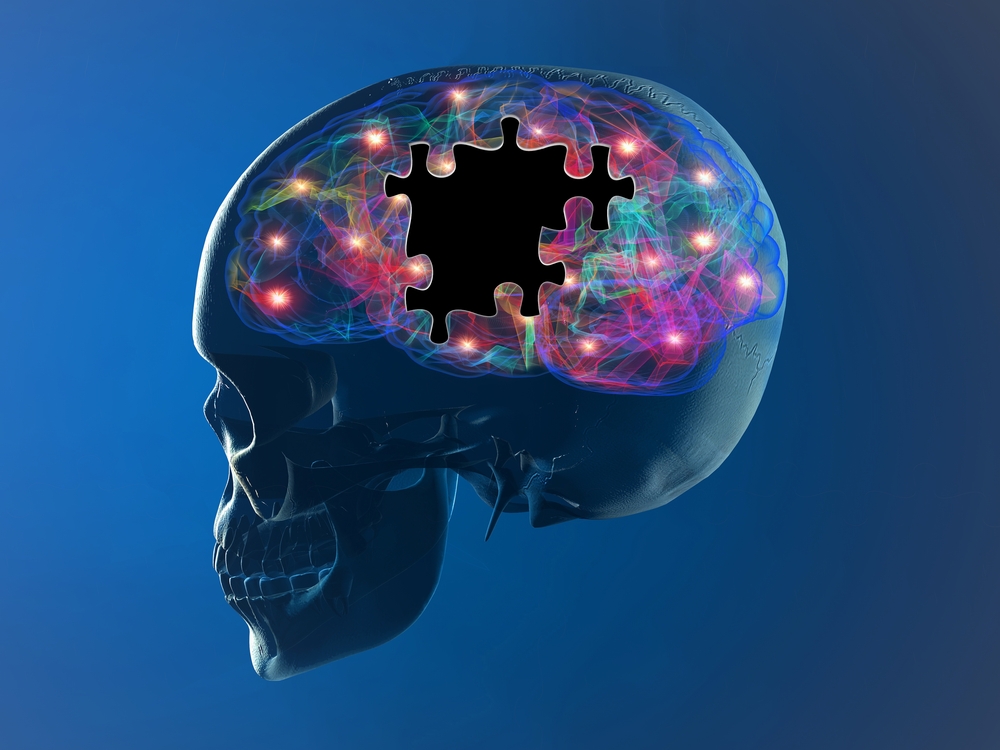SPECT Brain Imaging May Not Predict Dopamine Neuron Loss in Parkinson’s
Written by |

Contrary to current scientific thought, tracking the activity of a protein called dopamine transporter (DAT) may not reflect the loss of dopamine neurons in an area of the brain called the substantia nigra (one of the most affected regions in patients with Parkinson’s disease).
These findings were published in the journal Neurology, in the study, “Dopamine transporter imaging does not predict the number of nigral neurons in Parkinson disease.”
Symptoms of Parkinson’s disease, such as tremors and movement problems, are caused by damaged dopamine-producing neurons in the substantia nigra. Dopamine is a neurotransmitter, sending messages that coordinate muscle movement.
“Low dopamine level in the brain is linked with the central motor symptoms of Parkinson’s disease, i.e. tremor or shaking, muscle stiffness and slowness of movements,” Valtteri Kaasinen, MD, the study’s senior author, said in a news release.
Scientists currently believe that dopamine loss can be detected by analyzing DAT activity using single-photon emission computed tomography (SPECT), an imaging test used in this study. Its researchers concluded otherwise.
Eighteen patients (11 with confirmed Parkinson’s) underwent dopamine transporter activity analysis using SPECT imaging. Then, after their death, researchers examined nigral neuron numbers in their brain tissue and found the postmortem numbers did not reflect the number of dopamine neurotransmitters observed earlier in the substantia nigra images. In other words, researchers were not able to predict the loss of dopaminergic neurons by SPECT imaging, as originally thought.
Postmortem analysis is required because calculating neuron numbers in living tissue via a biopsy is not possible; the substantia nigra is located deep within the midbrain.
The researchers concluded that “postmortem [substantia nigra] neuron counts are not associated with striatal DAT binding in [Parkinson’s disease]…. [T]here is no correlation between the number of substantia nigra neurons and striatal dopamine after a certain level of damage has occurred.” Observing DAT activity through SPECT imaging, therefore, may not indicate the number of healthy dopamine-transmitting neurons.
“This must be considered in the future when developing treatments that affect the number of neurons in the substantia nigra,” Kaasinen said. “It also seems that SPECT imaging is not a suitable method for monitoring treatment research results in advanced Parkinson’s disease when studying treatments that affect the number of neurons in the substantia nigra.”





